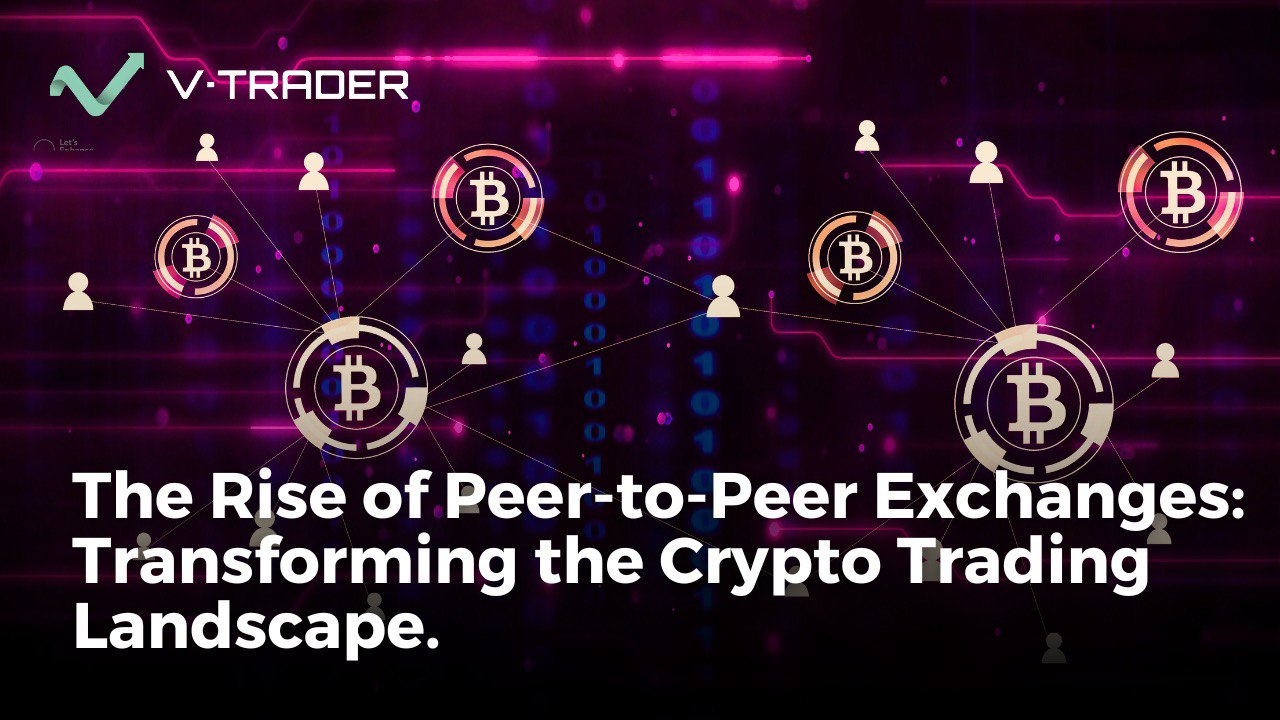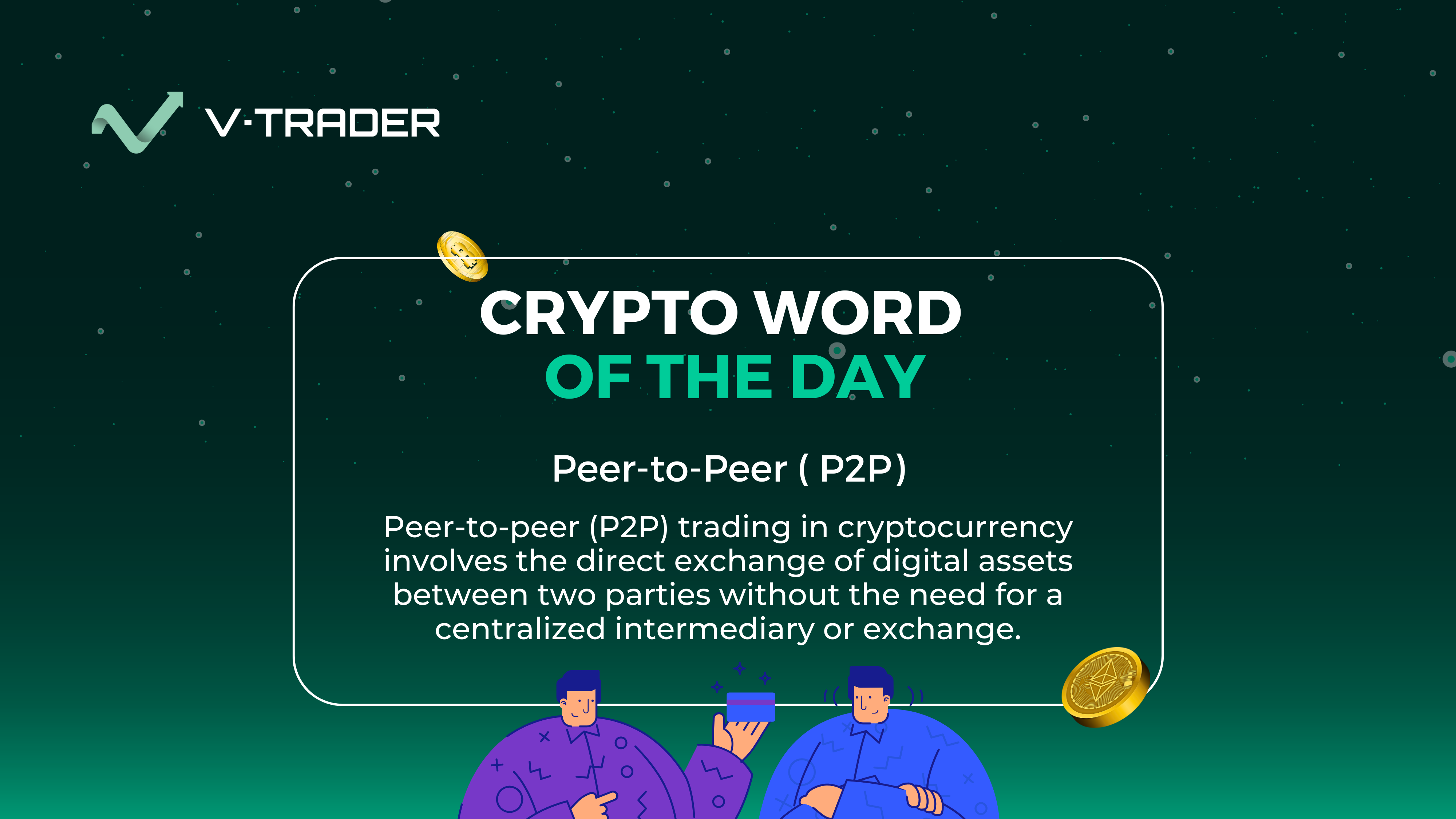Market Orders in 2025: Fast Trades, Real Tactics
Market orders are your straight shot into the market. You hit buy or sell, and it fills right now. No waiting. No haggling. In the middle of 2025, with Bitcoin holding steady around $117K, speed matters more than ever. Volatility hasn’t calmed down. Halving hype and ETF flows still stir things up. If you want to grab a dip or exit before the floor falls out, market orders get it done. But hit one without thinking? You could overpay—or worse, sell too low and regret it.
What a Market Order Actually Does
A market order says this: Buy or sell, now. Not when the price hits a target. Not when it’s convenient. Now. You tell the platform what you want, and it scoops up whatever’s available in the order book until your trade is filled.
You want 0.5 BTC? You’ll get it from whoever’s selling at the moment—starting with the cheapest and moving up. Same with selling: you offload to whoever’s buying, starting with the highest bid.
No surprises here. Crypto trades 24/7. Market orders work anytime. On liquid pairs like BTC/USDT, it’s usually smooth. On some random altcoin with no volume? That’s where things get messy.
The big draw? Speed. In fast-moving markets, delays cost money. Platforms like vtrader.io let you place market orders with one click. Real-time previews show you what you’re about to pay or receive.
Just remember—these are not locked-in prices. They’re the best available in that moment. If things move fast, you could pay more than expected. That’s slippage. It happens. Especially when the order book’s thin.
How It Works in Real Time
You’re trading SOL/USDT. You enter 100 SOL. The system scans for sellers. It fills your order from the lowest prices up until your amount is covered.
If there aren’t enough sellers at the price you hoped for? It keeps going until the trade finishes. That could mean a worse price. That’s why liquidity matters. The more volume in the pair, the smaller your slippage.
Fees are part of the deal. Most platforms charge 0.1–0.5% per trade. Some even reward you for providing liquidity instead of taking it. vtrader.io uses a maker-taker model, which helps if you mix in limit orders too.
A buy hits the ask side of the book. A sell hits the bid. When markets move, those prices shift fast. A big market buy could drive the price up mid-trade. That’s why checking depth charts before firing off a large order makes a difference.
And double-check the numbers. One extra zero? You just nuked your balance.
When Market Orders Make Sense—and When They Don’t
The good:
- Instant trades when news hits
- Fast reactions in breakouts
- No waiting around for price targets
- Clean entry for beginners
The bad:
- Big slippage in wild markets
- No price control
- Easy to FOMO in or panic out
- Not great for illiquid assets
In 2025, you see it all. Meme coin pumps that vanish in minutes. Bitcoin corrections that dip $5K in an hour. Market orders let you act. But use them with context. On liquid coins like ETH or BTC, they’re solid. On a low-cap alt? You’re just giving away gains.
Use alerts. Platforms flag when slippage looks high. Listen to those. They can save your stack.
How to Use Market Orders Without Getting Wrecked
No strategy? No edge. Market orders work best as part of a plan.
Day trading? Use market orders to get in and out fast—but only when a signal’s clear. Know where you’re stopping out.
Scalping? Enter and exit quick. Market orders on tight spreads make it possible. Automation helps here. APIs let you run bots. Vtrader.io has support for that.
Swing trading? Confirm a breakout, hit market buy, and ride it. Set a trailing stop to protect the move.
Long-term holding? Use market orders to DCA into dips. When prices fall fast, limits might not catch. A clean market buy can lock in a solid position.
Set rules. Never risk more than 1% of your stack per trade. Watch depth. Time your trades—avoid low-volume windows like weekend overnights.
News trades? Fast fingers win. You hear the Fed just dropped rates? Market order in. But expect spread spikes.
The common mistake? Using them during dead markets. That’s when limit orders do better.
Track your trades. Look for slippage patterns. Adjust size and timing to improve.
Pro Tips to Keep It Tight
Check liquidity. The book should be at least 10x deeper than your order size.
Avoid crowded times—like right after major announcements or during thin sessions.
Know your fees. They eat into returns. Good platforms show totals up front.
Try a demo. Practice with fake money first. See how slippage really feels.
Stick to majors. BTC, ETH, SOL. Leave the sketchy pairs alone unless you know what you’re doing.
And protect your setup. Two-factor authentication is non-negotiable.
Market depth’s getting better. More institutions means tighter books and less slippage. But volatility’s not going anywhere.
Final Take: Fast Doesn’t Mean Careless
Market orders are tools. Fast ones. Great for reacting, not for guessing.
Used right, they help you jump on a breakout, grab a dip, or exit before the drop.
Used wrong, they bleed your wallet.
So pick your spots. Plan your plays. Check your numbers.
Then pull the trigger like you meant to.
That’s how you trade smart in 2025.
Source:
- How to Place a Market Order – Investopedia
- Market Order: Definition, When to Use, and Example – Investopedia
- What Is a Market Order? How It Works, Risks, and When to Use – Investopedia
- Market Order Explained – Warrior Trading
- Market Orders Explained – Fidelity
- Market Order: Definition, Types, Pros, Cons, and Example – The Balance
- Market Order – Overview, How It Works, Advantages and Disadvantages
- Market Order: What It Is & How It Works – NerdWallet
- Market Order Explained – SoFi
- Market Order Explained: What It Is, How It Works, Pros, Cons – Business Insider

Steve Gregory is a lawyer in the United States who specializes in licensing for cryptocurrency companies and products. Steve began his career as an attorney in 2015 but made the switch to working in cryptocurrency full time shortly after joining the original team at Gemini Trust Company, an early cryptocurrency exchange based in New York City. Steve then joined CEX.io and was able to launch their regulated US-based cryptocurrency. Steve then went on to become the CEO at currency.com when he ran for four years and was able to lead currency.com to being fully acquired in 2025.

